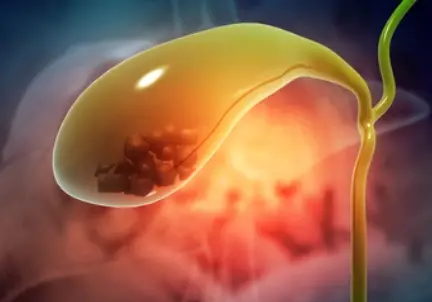 Welcome
Welcome
“May all be happy, may all be healed, may all be at peace and may no one ever suffer."
Peritoneal Dialysis - Generics
Peritoneal dialysis (PD) is a type of dialysis that uses the peritoneum, a membrane lining the abdominal cavity, as a filter to remove waste products and excess fluid from the body. PD is a form of renal replacement therapy used for individuals with end-stage renal disease (ESRD).
During PD, a catheter is placed through the abdominal wall and into the peritoneal cavity. A solution called dialysate is then infused into the cavity, where it remains for a period of time before being drained out. As the dialysate flows through the peritoneum, waste products and excess fluids are removed from the blood and into the dialysate.
There are two main types of PD: continuous ambulatory peritoneal dialysis (CAPD) and automated peritoneal dialysis (APD). CAPD involves manual exchanges of the dialysate throughout the day, while APD uses a machine to perform several exchanges at night while the individual sleeps.
PD has several advantages over other forms of dialysis, including greater flexibility, fewer dietary restrictions, and the ability to perform treatments at home. However, PD also has some risks, including the possibility of infection or injury to the peritoneum, and the potential for fluid overload or electrolyte imbalances.
PD is not suitable for everyone with ESRD and may not be recommended for individuals with certain medical conditions or who are unable to perform the necessary self-care tasks. It is important to discuss the risks and benefits of PD with a healthcare provider to determine if it is the right treatment option for an individual's specific needs.

Superficial skin infectio...

Dissolution of cholestero...

Chloroquine-resistant fal...

Rocky Mountain spotted fe...

Peripheral neuropathy

Functional rehabilitation...

Bursitis

Biliary dyskinesia
Peritoneal Dialysis, হৃদপিণ্ড প্রতিস্থাপন
To be happy, beautiful, healthy, wealthy, hale and long-lived stay with DM3S.